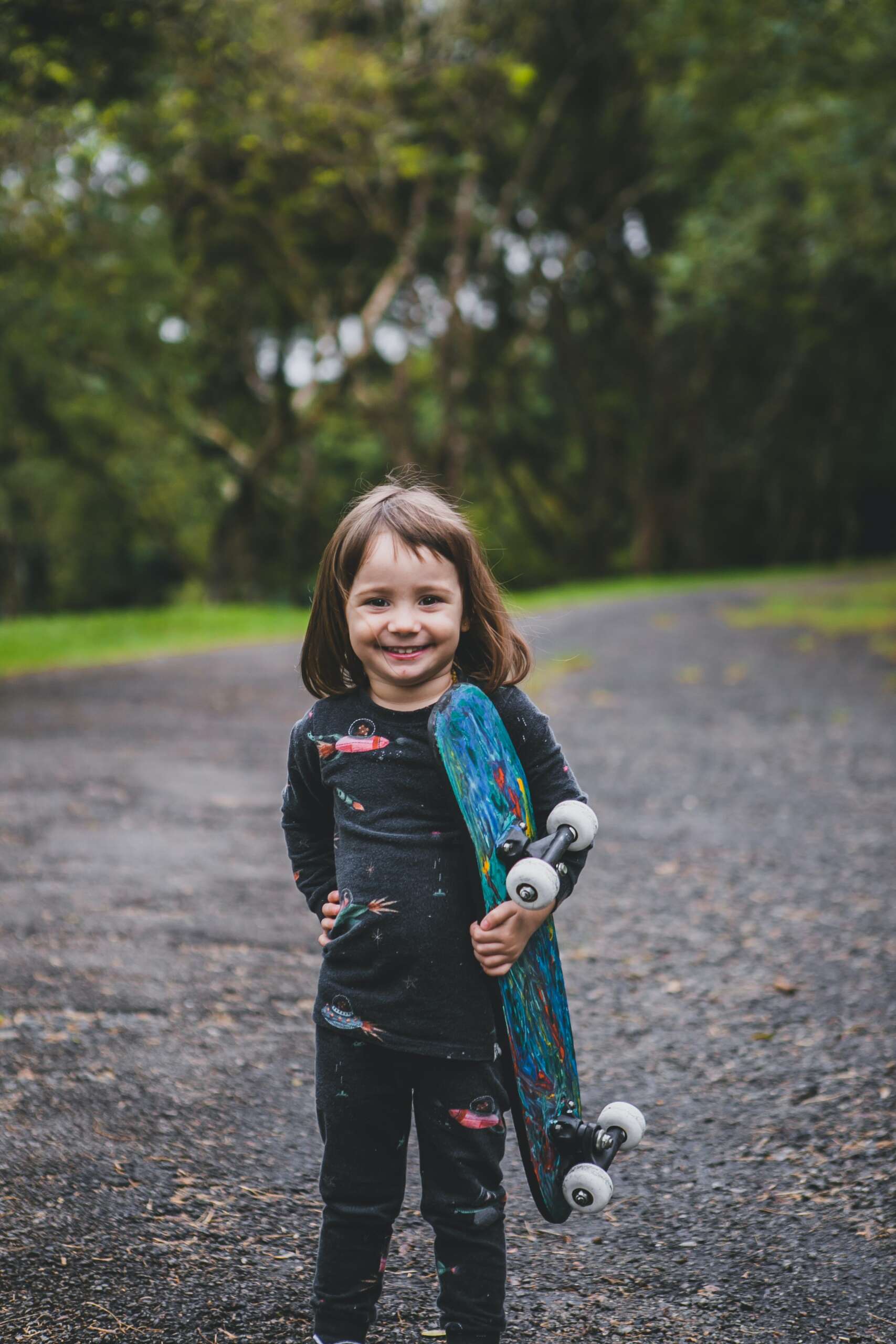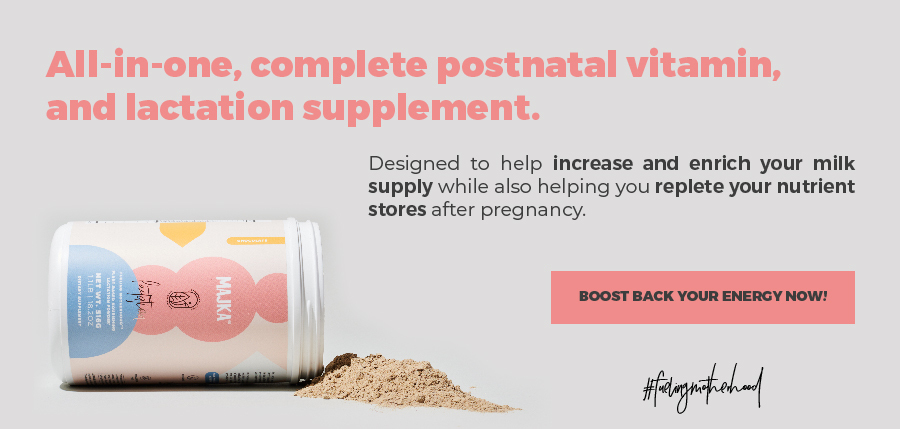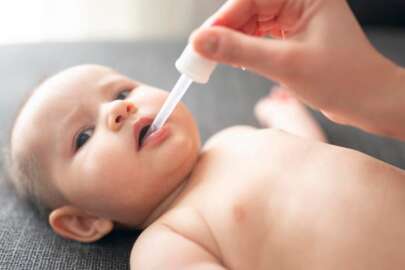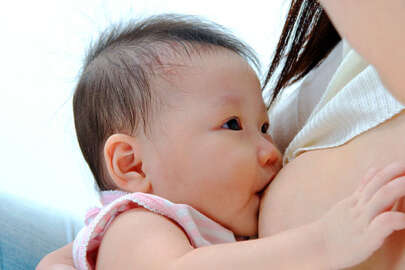
Technology has made life easier in many ways.However, it has also made us more sedentary, which isn’t necessarily a good thing. This can encourage kids to spend a lot of time sitting down staring at a screen instead of participating in physical activities that help with healthy brain and body development.
In this article, we will talk about the benefits of exercising in childhood, and how it can also make life more fun!
Why is exercise important for kids?
The benefits of an active life are amazing.Regular exercise can cause:
- better sleep
- improved school performance and influencing in cognitive and executive functions, such as working memory and cognitive flexibility
- improved brain health
- less likelihood of developing depression and a better outlook on life.
- a better self esteem as they feel good about handling physical and emotional challenges
- stronger muscles and bones.
- a lower risk of getting type 2 diabetes, becoming overweight, and getting high blood cholesterol levels and blood pressure in the future
Also, aerobic activity strengthens the heart and improves oxygen delivery to the cells.
How much daily exercise do children need?
Keep in mind that every kid and family are different, so not everyone will do the same things. It is important to enjoy the activities that you do. It’s always better to have fun exercise!
In general terms, The U.S. Department of Health and Human Services recommends the following on how much exercise children need:
- 3 hours of physical activity for preschoolers. This isn’t any specific fitness activity, but rather free active play.
- 60 minutes or more of physical activity daily for ages 6 to 17 years old, including muscle-strengthening and bone-strengthening activities at least 3 days a week.
- Other sources recommend toddlers stay active for at least 3 hours a day (including light activity, active play, and energetic movement).
Also, it’s important for toddlers to not remain sedentary for long periods of time while they are awake. School-age children should avoid being inactive for longer than 2 hours.
What kind of exercise is good for kids?
A fitness life involves activities that develop endurance, strength, and flexibility. Elements of active play should include:
- Endurance during aerobic exercise: moderate activity that will raise your kid´s heart rate and make him/her breathe faster and feel warmer. These can include: walking to school, walking the dog, jumping, skateboarding, swimming, running, bicycling, skating, and playing soccer.
- Muscle-strengthening can be improved by climbing, gymnastics, handstanding, crossing the monkey bars, or any activity that involves the muscles and helps gain strength.
- Flexibility activities allow the muscles and joints to bend and move easily, such as: dance, karate, ballet, yoga, etc..
Activities such as; walking to the store instead of driving, using the stairs rather than the elevator, involving him/her in a household task, etc. can help your child to be more active during the day.
Children don’t require muscle-strengthening programs until they are older. Climbing trees or doing gymnastics can be enough to get their muscles strengthened.
If your kid is very young, here are some ideas for exercise:
- Babies under one year can be encouraged to be active by crawling, reaching, grasping, pulling and pushing, playing on the floor, moving their head and body, etc. You can also help your baby to be active by including tummy time.
- Toddlers can be active by standing up, moving around, playing in the water, playing with a ball, riding a bike, rolling, jumping, skipping, a chase game, etc.
A child younger than 5 years of age shouldn’t stay inactive for long periods of time (except when they sleep), as it isn’t good for his/her health and development.
If you are traveling, going to the movies, etc., you may want to include a break where he/she is able to walk around or play.
Avoid giving screen time immediately when there isn’t a lot going on. Kids are very creative and will find something to entertain themselves with.
Can kids exercise too much?
Exercise can be done in excess just like any other thing. It’s important for your child to get enough rest and do other types of activities.
If your kid doesn’t get joy from a physical activity that he/she used to enjoy, it may be a sign of exhaustion.Be aware of physical and emotional stress. Sometimes kids can be very talented or have a lot of energy, but that doesn’t mean that they escape exhaustion..
Always maintain realistic expectations regarding your kids’ age and abilities to avoid overtraining. Otherwise they could develop injuries, fatigue, poor immune system or sleeplessness.
In Breastfeeding 101 we hope this information provides useful ideas on how to keep your children active and healthy.
We’d love to invite you to follow all of our content on interesting topics regarding kids’ health.
If you want to learn more about children’s exercise, here are some of the sources that made this article possible:
How much physical activity do children need? I CDC
How to keep your baby or toddler active I NHS
Kids and exercise I KidsHealth
Physical Activity Guidelines for School-Aged Children and Adolescents I CDC
Physical activity guidelines for children and young people I NHS
Physical activity guidelines for children (under 5 years) I NHS
Physical Activity in Children’s Health and Cognition I National Library of Medicine
Raising Kids to Love Exercise I The New York Times
The physical activity, fitness and health of children I ResearchGate
Trends in Physical Fitness Among School-Aged Children and Adolescents: A Systematic Review I Frontiers
Avery Reckers






